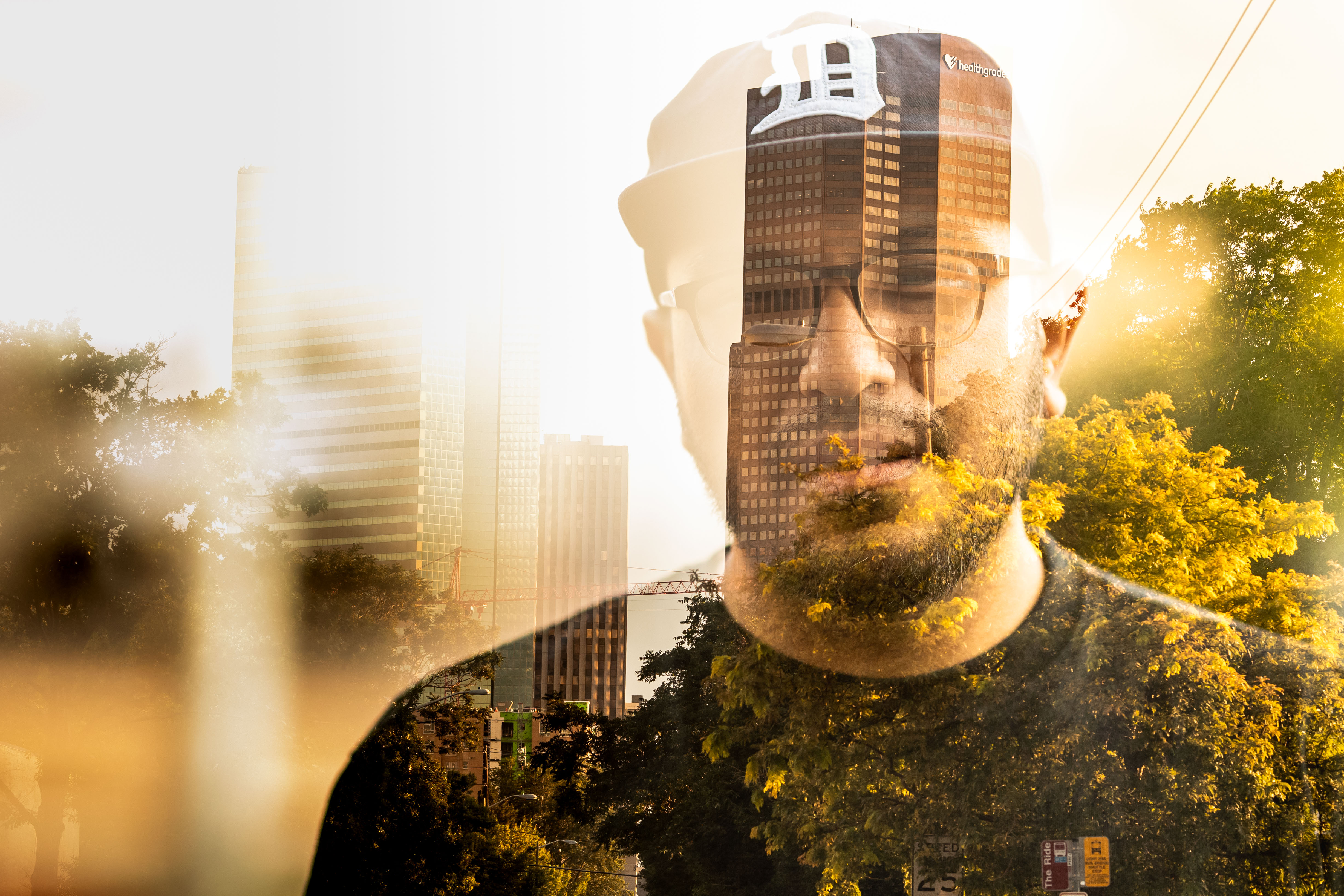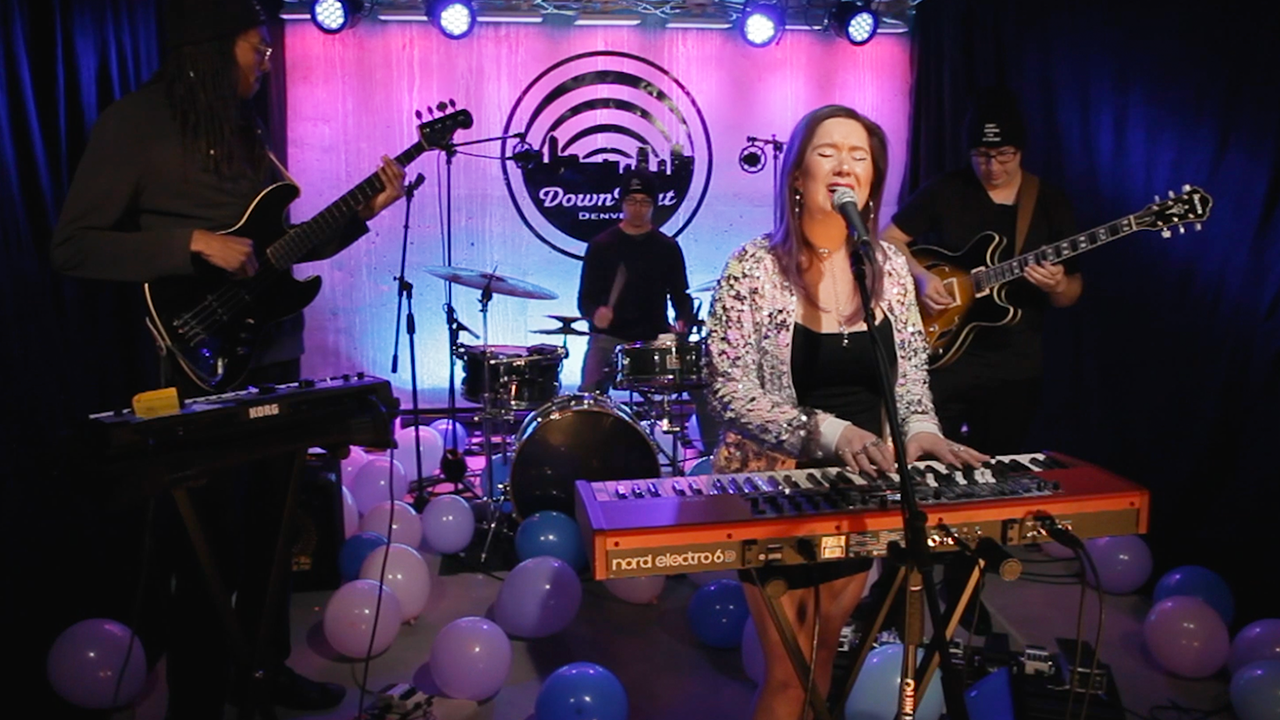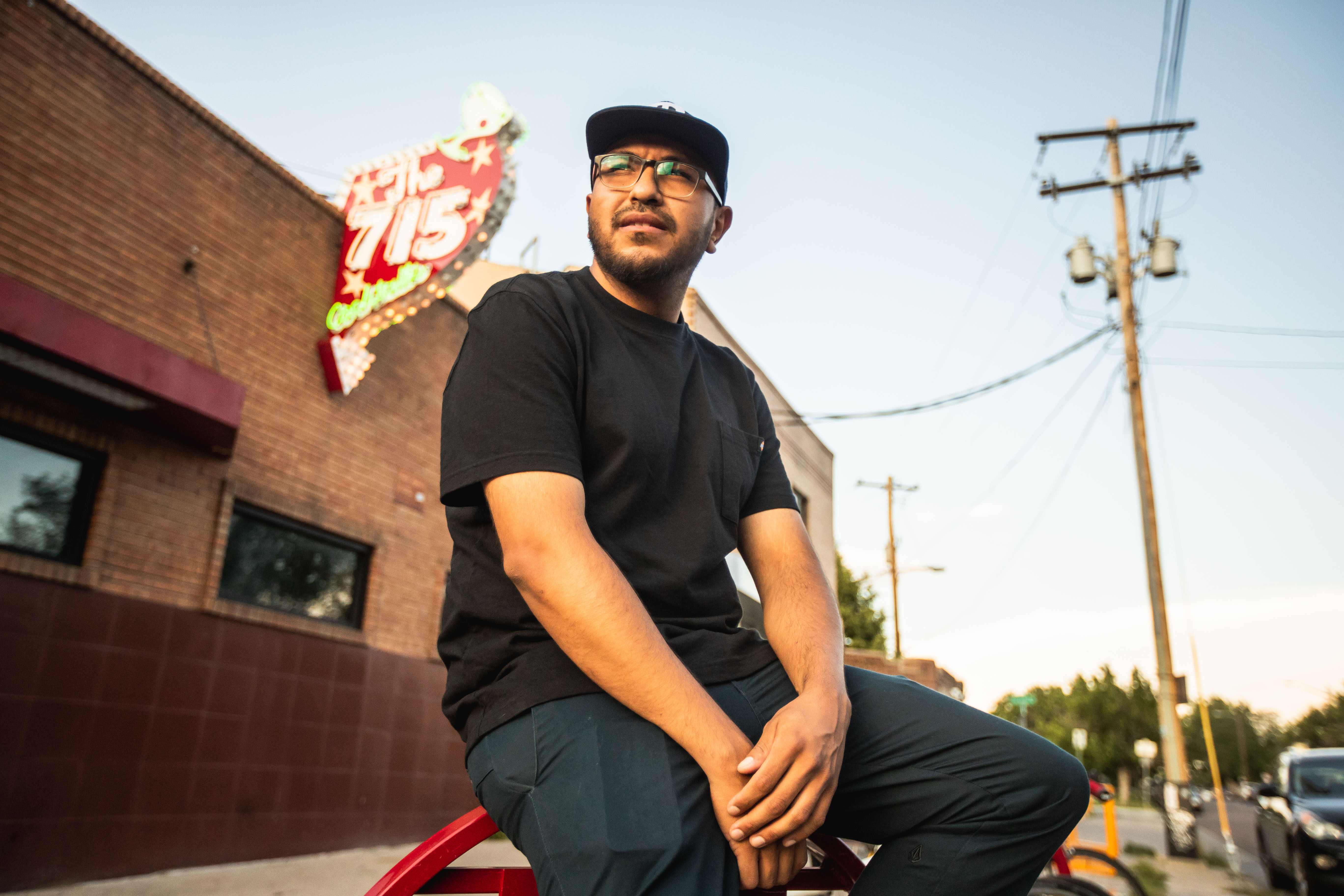“I’m more a fan of photography than I am a photographer,” Juan Fuentes said with a laugh. “I don’t really consider myself too much of a professional photographer, it’s more like I document my life or my surroundings.”
Born in Mexico but a native son of Denver’s Northside, Fuentes is the curator of the @olddenver Instagram account and a documentarian of the city’s historical yet disappearing cultural landscapes. Through both his photographic work and curating others via the #olddenver hashtag, Fuentes crafts a digital archive of the Denver communities he was raised in. Through his documenting, he aims to promote spaces he feels are being forgotten in the current narrative of the city.
For Fuentes, capturing the authentic soul of Denver came naturally to him. “I always enjoyed photography, and shot around all the time on my phone.” He explained this over tacos and horchata at the Sante Fe Arts District cornerstone El Taco De Mexico, where Fuentes was joined by fellow Denver documentarians and artists Armando Geneyro and Angelica Jimenez.
It was only a year and a half ago that Fuentes started taking his shooting more seriously, beginning to work with a professional camera. Inspired by street photography and Denver’s own burgeoning scene, as well as the journalistic aspect of the genre, Fuentes decided that through photos he could tell the stories of the marginalized communities he grew up and surrounded himself with. “I can’t write. It’s easier to create a story with an image for me I think,” he said.
In late 2017, feeling inspired to further advance an online presence of the authentic Denver, Fuentes started the @olddenver Instagram account. He states that he was initially inspired by the Theyshootn photography community, the brainchild of Geneyro. After seeing the impact of images and stories of different points of view being shared through the Theyshootn platform, Fuentes sought to bring it to a hyperlocal level, documenting the Denver community and crafting a place of exposure for the tight-knit circle of artists and documentarians in the city.
READ: Two Photographers are Showcasing The Gritty Side of Denver Through a Hashtag
Though the @olddenver Instagram account and hashtag, documents “old Denver,” that doesn’t necessarily mean he’s totally rejecting the new aspects of the city. “It’s more about embracing the culture I grew up with – embracing our roots,” he said. “It’s not necessarily complaining about ‘new’ Denver.”

With that said, it is, in a way, a reaction to the constant flow of new transplants to Denver and the way the city is marketed to those thinking about moving — or already on the move — to Denver. Fuentes’ personal work and @olddenver is dedicated to accurately portraying the human element of the city. For many of the new transplants to the city, Fuentes sees a lack of connection to Denver’s long-standing historical communities, as people move to the city and then into their own bubbles.
He discusses how not making a worthwhile attempt to live among the city’s long-standing communities can foster a lack of engagement with the aspects that make Denver unique. For Fuentes, many who come to the city are “not really trying to invest in people, but in business.” And in such, the marketing of the city is devoid of the authentic culture of the town, and the real communities it represents.
@olddenver — or more so the archive Fuentes is actively building — is a counter to this. Whereas many of Denver’s online portrayals are meant to showcase the new developments in the city, the glittering residential towers, the industrial-chic brew pubs and Apple Store-like dispensaries, there is little depiction of the authentic communities, architecture and food of Denver. @olddenver shows the other aspects of the city, the lesser seen enclaves.
“They’re gentrifying the online presence of what our city looks like. They’re not showing how it really is,” Fuentes said in regards to the myriad of real estate accounts on Instagram. “They’re not showing these establishments,” explaining as he gestured to the El Taco De Mexico building. “They’re not pushing forward our culture — they’re mostly trying to get rid of it.” That culture of Denver to Fuentes is not necessarily based along racial or ethnic lines. He sees the destruction of authentic Denver culture as an economic issue, one that stems from growing inequality within the city. “It’s been the lower class that’s always created culture,” he said.
Describing the ways residents of the city — whether long-term or newly arrived — can respect the culture of Denver, Fuentes conveys the importance of being active in one’s respective neighborhood. “Just walk around the neighborhood, be part of the community,” he said. In his view, as well as that of Geneyro and Jimenez, one of the best ways to respect the authentic Denver is to support its local businesses. Jimenez shared that she had been visiting El Taco De Mexico for years, and knowing that her money was supporting the local community and the friendly faces behind the counter influences her decision to eat there. All three shared disapproval over the focus of newer residents on bringing chains from other cities to Denver (such as Shake Shack and In-N-Out). Instead of celebrating the unique and authentic businesses and culture of Denver, they discussed how people are attempting to make it into any other city.
With rapid growth and investment, comes a need for responsibility. As Denver has grown — and continues to grow — its longstanding communities and cultural enclaves deserve their place in the city’s story and image. There is a demand and a need for the authentic accounts of Denver life to spread through social media and the power of the modern digital landscape. Through the archive and community provided by the @olddenver platform, and Fuentes’ own personal work as a street photographer and documentarian and the work of his friends and peers such as Geneyro and Jimenez, there is a new wave of needed imagery providing small, but powerful glimpses into the untold or pushed aside stories that form the true identity of the Mile High City.
All photography by Kyle Cooper.








